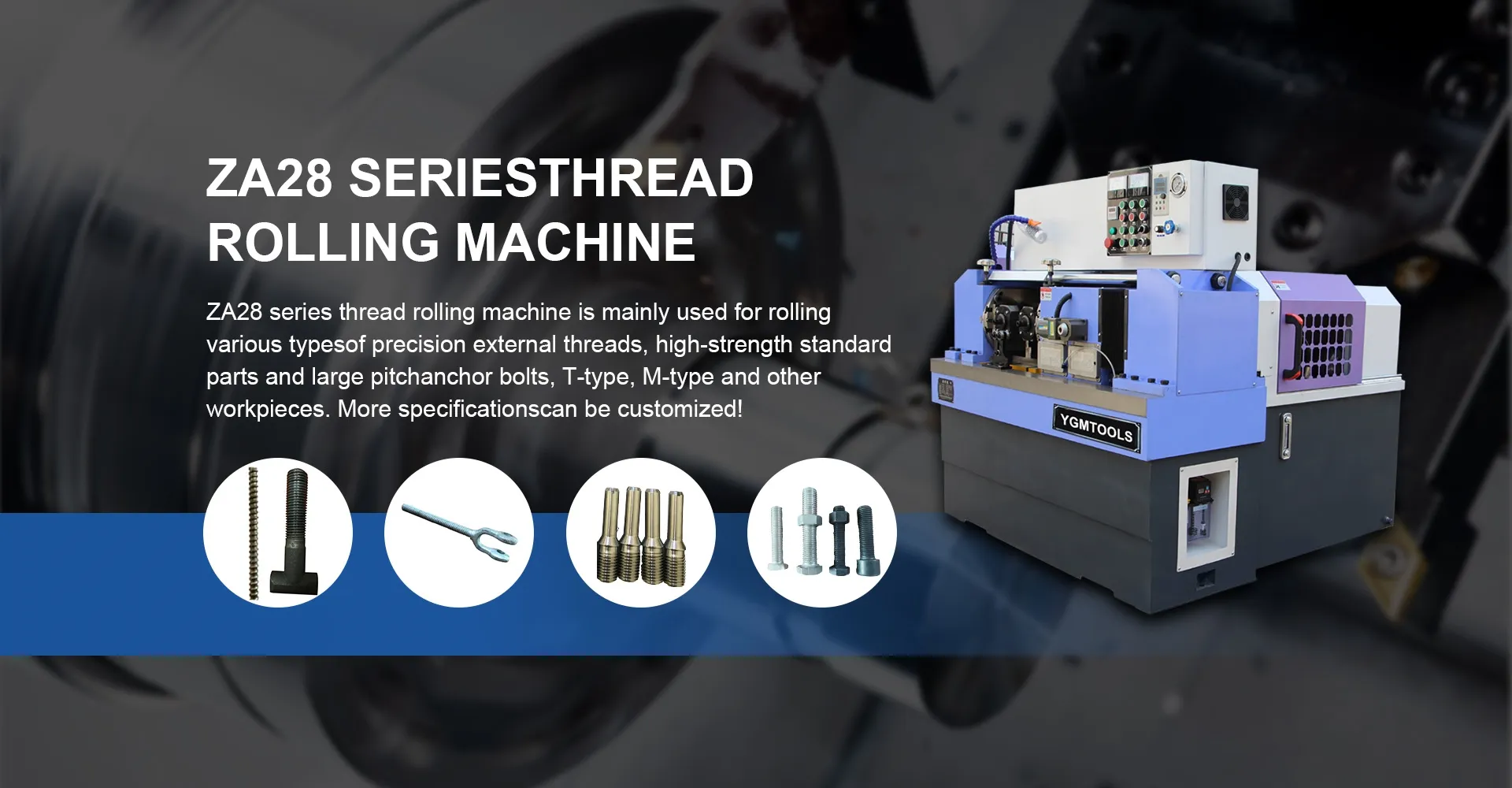
-
 Afrikaans
Afrikaans -
 Albanian
Albanian -
 Amharic
Amharic -
 Arabic
Arabic -
 Armenian
Armenian -
 Azerbaijani
Azerbaijani -
 Basque
Basque -
 Belarusian
Belarusian -
 Bengali
Bengali -
 Bosnian
Bosnian -
 Bulgarian
Bulgarian -
 Catalan
Catalan -
 Cebuano
Cebuano -
 Corsican
Corsican -
 Croatian
Croatian -
 Czech
Czech -
 Danish
Danish -
 Dutch
Dutch -
 English
English -
 Esperanto
Esperanto -
 Estonian
Estonian -
 Finnish
Finnish -
 French
French -
 Frisian
Frisian -
 Galician
Galician -
 Georgian
Georgian -
 German
German -
 Greek
Greek -
 Gujarati
Gujarati -
 Haitian Creole
Haitian Creole -
 hausa
hausa -
 hawaiian
hawaiian -
 Hebrew
Hebrew -
 Hindi
Hindi -
 Miao
Miao -
 Hungarian
Hungarian -
 Icelandic
Icelandic -
 igbo
igbo -
 Indonesian
Indonesian -
 irish
irish -
 Italian
Italian -
 Japanese
Japanese -
 Javanese
Javanese -
 Kannada
Kannada -
 kazakh
kazakh -
 Khmer
Khmer -
 Rwandese
Rwandese -
 Korean
Korean -
 Kurdish
Kurdish -
 Kyrgyz
Kyrgyz -
 Lao
Lao -
 Latin
Latin -
 Latvian
Latvian -
 Lithuanian
Lithuanian -
 Luxembourgish
Luxembourgish -
 Macedonian
Macedonian -
 Malgashi
Malgashi -
 Malay
Malay -
 Malayalam
Malayalam -
 Maltese
Maltese -
 Maori
Maori -
 Marathi
Marathi -
 Mongolian
Mongolian -
 Myanmar
Myanmar -
 Nepali
Nepali -
 Norwegian
Norwegian -
 Norwegian
Norwegian -
 Occitan
Occitan -
 Pashto
Pashto -
 Persian
Persian -
 Polish
Polish -
 Portuguese
Portuguese -
 Punjabi
Punjabi -
 Romanian
Romanian -
 Russian
Russian -
 Samoan
Samoan -
 Scottish Gaelic
Scottish Gaelic -
 Serbian
Serbian -
 Sesotho
Sesotho -
 Shona
Shona -
 Sindhi
Sindhi -
 Sinhala
Sinhala -
 Slovak
Slovak -
 Slovenian
Slovenian -
 Somali
Somali -
 Spanish
Spanish -
 Sundanese
Sundanese -
 Swahili
Swahili -
 Swedish
Swedish -
 Tagalog
Tagalog -
 Tajik
Tajik -
 Tamil
Tamil -
 Tatar
Tatar -
 Telugu
Telugu -
 Thai
Thai -
 Turkish
Turkish -
 Turkmen
Turkmen -
 Ukrainian
Ukrainian -
 Urdu
Urdu -
 Uighur
Uighur -
 Uzbek
Uzbek -
 Vietnamese
Vietnamese -
 Welsh
Welsh -
 Bantu
Bantu -
 Yiddish
Yiddish -
 Yoruba
Yoruba -
 Zulu
Zulu
Advanced Technologies in ODM Thread Rolling Equipment for Enhanced Manufacturing Efficiency and Quality
The Importance of ODM Thread Rolling Equipment in Modern Manufacturing
In the landscape of modern manufacturing, the demand for precision-engineered components has never been higher. At the heart of this demand lies a reliance on advanced tooling and machinery, including ODM (Original Design Manufacturer) thread rolling equipment. This technology has become increasingly pivotal for industries ranging from automotive to electronics, owing to its ability to produce high-quality threaded parts efficiently and economically.
Thread rolling is a cold-forming process that transforms a cylindrical workpiece into a threaded object. This technique is favored for its ability to enhance mechanical properties, improve surface finish, and achieve precise dimensions without cutting material away. ODM thread rolling equipment is specifically designed to cater to the unique needs of manufacturers, allowing for customized solutions that align perfectly with production requirements.
The Importance of ODM Thread Rolling Equipment in Modern Manufacturing
Moreover, the strength and durability of threads produced through rolling are superior to those made through cutting. During the rolling process, the material is deformed rather than removed, leading to work-hardening of the surface and improved tensile strength. This characteristic is particularly vital for applications where components must withstand high levels of stress and strain, such as in automotive and aerospace sectors.
odm thread rolling equipment

ODM providers often offer tailored solutions that can meet specific client needs, whether it’s for different thread sizes, materials, or geometries. This customization capability makes ODM thread rolling equipment highly versatile. Manufacturers can adopt different configurations and setup processes without investing in entirely new machinery. This flexibility not only saves costs but also speeds up the adoption of new product designs and innovations.
In addition to its structural advantages, thread rolling is also a more environmentally friendly manufacturing process. By minimizing material waste and reducing energy consumption compared to traditional cutting methods, manufacturers can significantly lower their carbon footprint. As the industry shifts toward more sustainable practices, adopting technologies like ODM thread rolling equipment aligns perfectly with corporate responsibility goals.
However, the transition to using ODM thread rolling equipment does come with challenges. Manufacturers may need to invest in operator training to ensure that personnel can maximize the capabilities of this advanced machinery. Additionally, initial setup costs can be a consideration, although the long-term savings and benefits typically outweigh these upfront expenditures.
In conclusion, ODM thread rolling equipment stands as an essential component of modern manufacturing processes. As industries continue to evolve and demand higher precision and efficiency, this technology offers a powerful solution that not only meets these needs but also promotes sustainability. By harnessing the benefits of thread rolling, manufacturers can improve product quality, reduce costs, and enhance their overall competitiveness in the global marketplace. Embracing this technology is not just an operational upgrade—it's a strategic move toward a more efficient and sustainable future.
